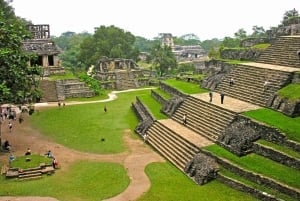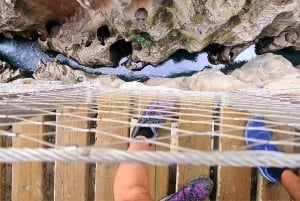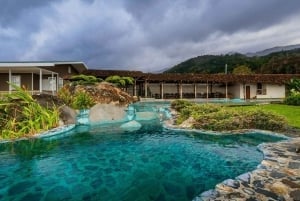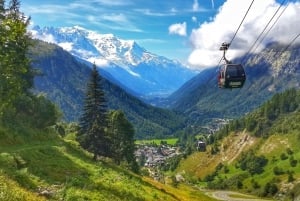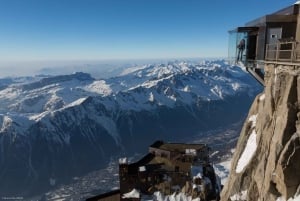Chamonix Paragliding Guide
The rules, regulations and advice in our guide are an indication only and should not be your sole resource. It is your responsibility to check updated regulations and conditions with the local clubs and services.
Pilots, remember your obligations. You must:
- Have an appropriate insurance policy for air sports, with third party liability cover.
- Be aware of and respect the controlled and restricted airspaces.
- Fly within the criteria for visual flight rules.
With numerous glacial valleys bordered by high mountains, the Mont Blanc region has some unusual aerological conditions. Thermal contrasts can cause considerable thermal activity that may be very powerful and turbulent. Great for the cross country pilot, but less experienced pilots be vigilant! As a very general rule of thumb, conditions for flying in Chamonix will be unfavourable where the wind forecast is more than 20km/hour above 2000m. In such conditions we advise flying at Plaine-Joux where it is more sheltered. The foehn wind is a local weather phenomenon, the presence of which will usually mean that conditions are not good for flying. Presence of one or all of the following conditions may be a sign of the foehn: southerly wind at altitude on the summits of the Mont Blanc massif; presence of lenticulaires or small cumulus cloud shredded by the wind; or a wall of cloud spilling over the passes from the Italian side. On the valley floor, violent gusts of wind or a light breeze that is dry and warm are other indications of the foehn. Always check the latest weather conditions on our homepage or at Meteo France.
Useful contacts can be found on our links page.
Free Flying in the Mont Blanc Region is an excellent comprehensive guide with further information on local regulations, events and conditions. It is free of charge and available from the Tourist Office.
When planning your trip, be aware of seasonal restrictions, for example in July and August it is forbidden to over-fly in certain areas (notably the Aiguille du Midi region), and during the ski season certain landing areas in Chamonix are ski areas and so are forbidden for landing. Check current information and dates for restrictions with the clubs and the Compagnie du Mont Blanc.
Click on the links below for guides to specific sites:
| Launch sites: |
| Landing sites: |




